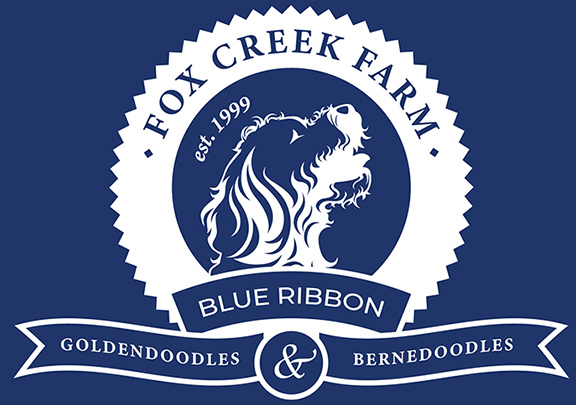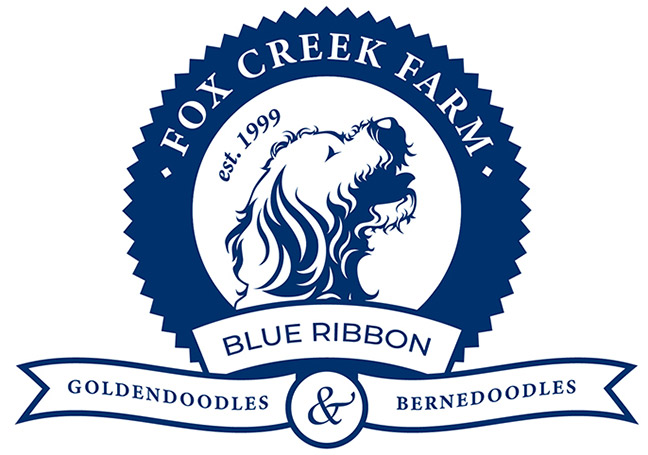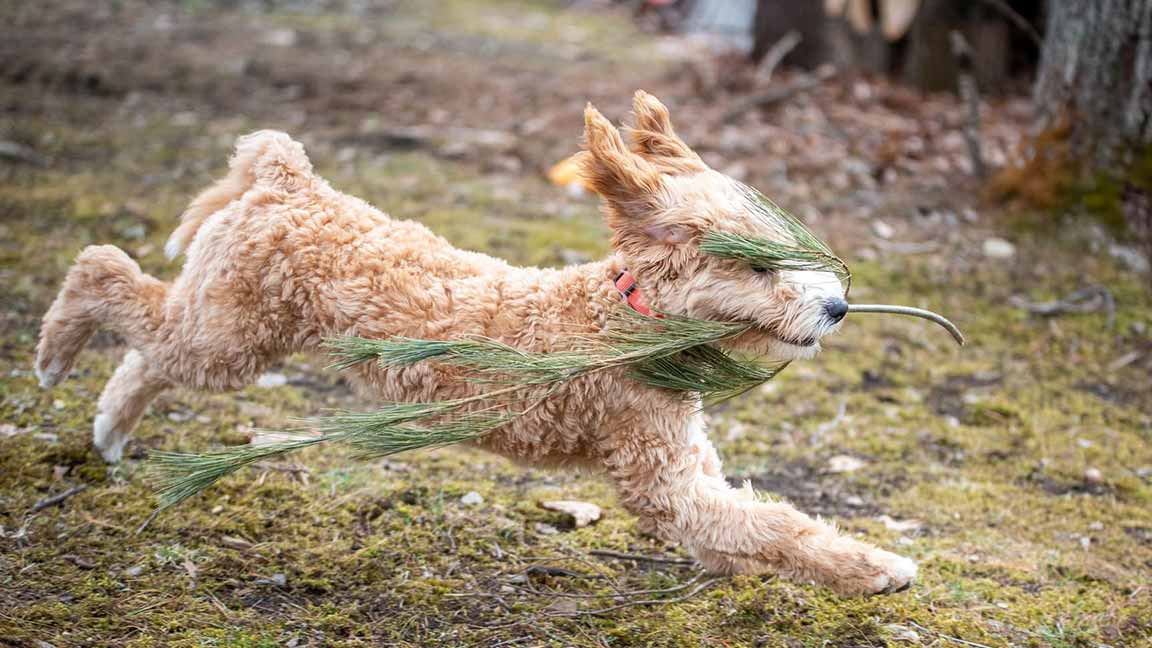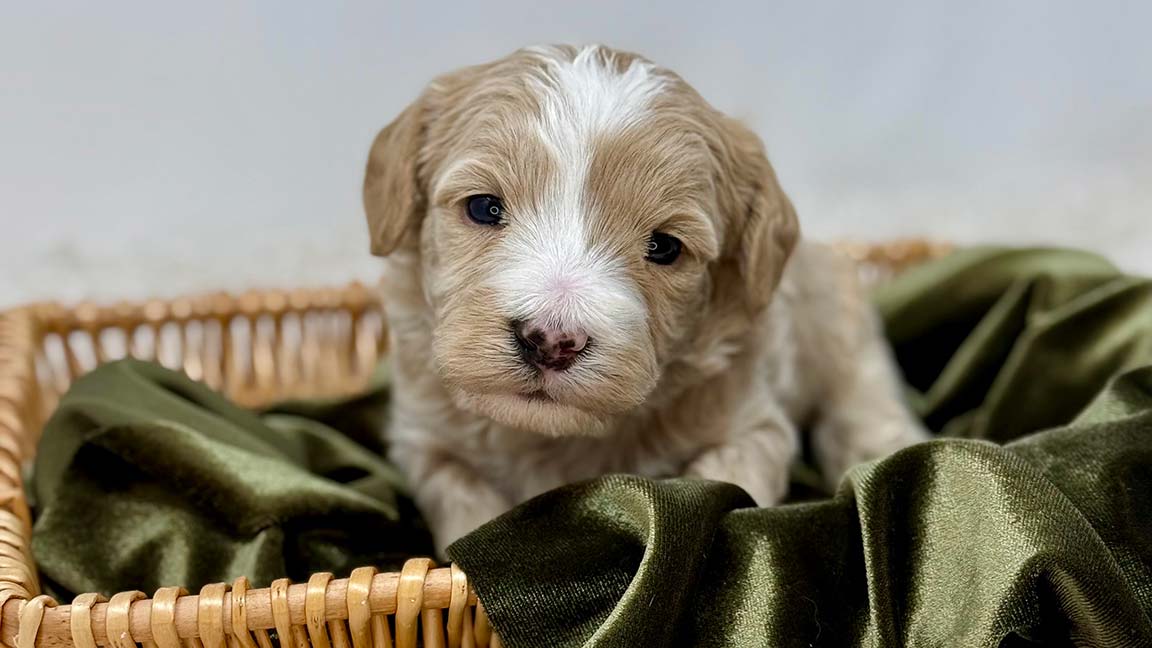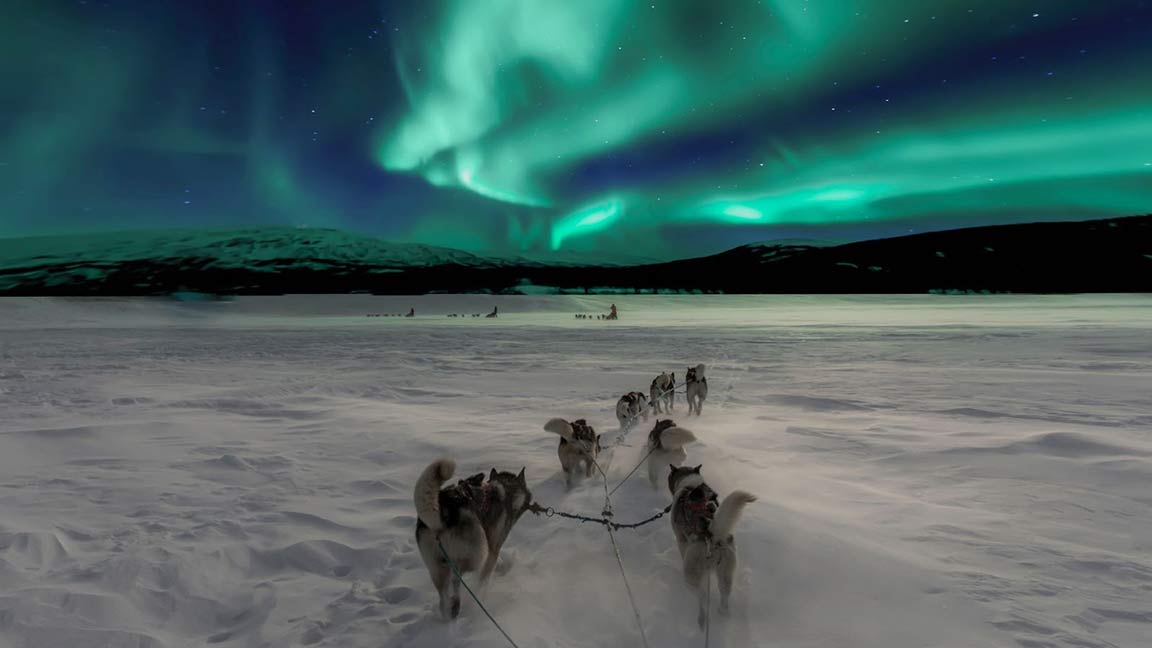
Dogs vs. Wolves: Understanding the Similarities and Differences
Wolves and dogs are both Canidae, but they have many differences that make them distinct species. They also share genetic similarities, so they can breed and produce fertile offspring.
Photo by Thomas Lipke on Unsplash
Both wolves and dogs have prosocial tendencies, meaning they try to benefit others. But a recent study found that wolves were more likely to help their pack members than dogs were.
Appearance and Physical Characteristics
Wolves and dogs are both members of the Canis lupus family, but they differ in several ways. These differences are important to understand because they affect how wolves and dogs behave in the wild, as well as how their domesticated versions interact with humans.
One of the first things to look at is their appearance, which varies greatly among different breeds. Some have light or tan coats, while others are completely white. They also vary in color, with some having a brownish-black hue and others having a lighter shade of brown.
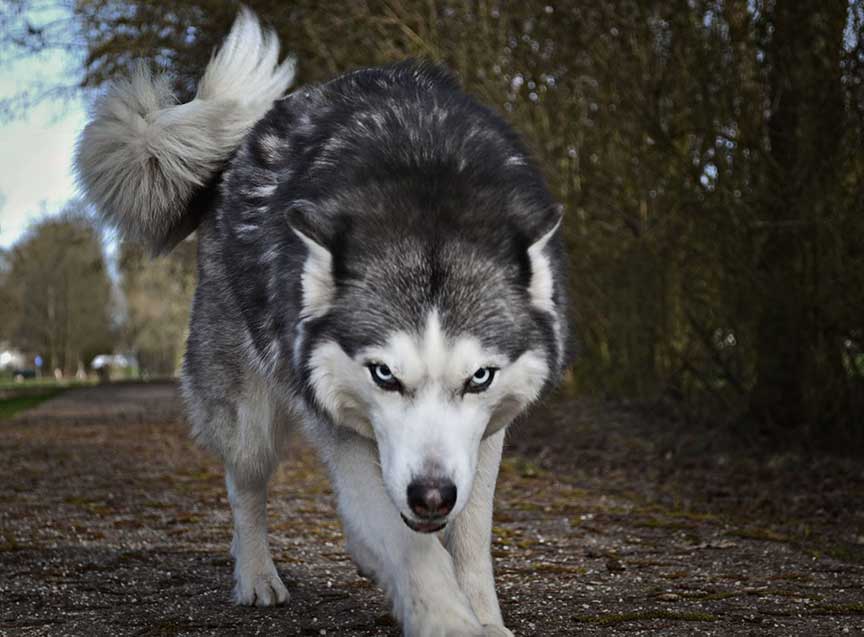
Photo by Jeroen Bosch on Unsplash
Another important trait is the size of their heads. Wolves have large heads with thick skulls and strong jaw. These features make it easier for them to crush bones, something that they need to do in the wild, whereas dogs’ heads are much smaller and their jaws are weaker.
Wolf-like dogs, like Siberian Husky or Czechoslovakian Wolfdog, can be loyal and affectionate companions, but they also have a tendency to become stubborn and difficult to train. They’re best suited to families that have the time and patience to train them properly. It’s also important to socialize them with other dogs and animals while they’re young so that they develop into well-rounded, confident pets.
Habitat and Diet
Wolves are carnivores and eat meat, while dogs are omnivores and consume plants and other foods. Both animals are members of the scientific order Carnivora, a large group of mammalian species that share a tooth structure and can meet their nutrient requirements through eating meat or plants.
In the wild, wolves hunt in packs and are led by a single alpha. The alpha is responsible for ensuring that other adult wolves do not breed and that they have enough food to survive.
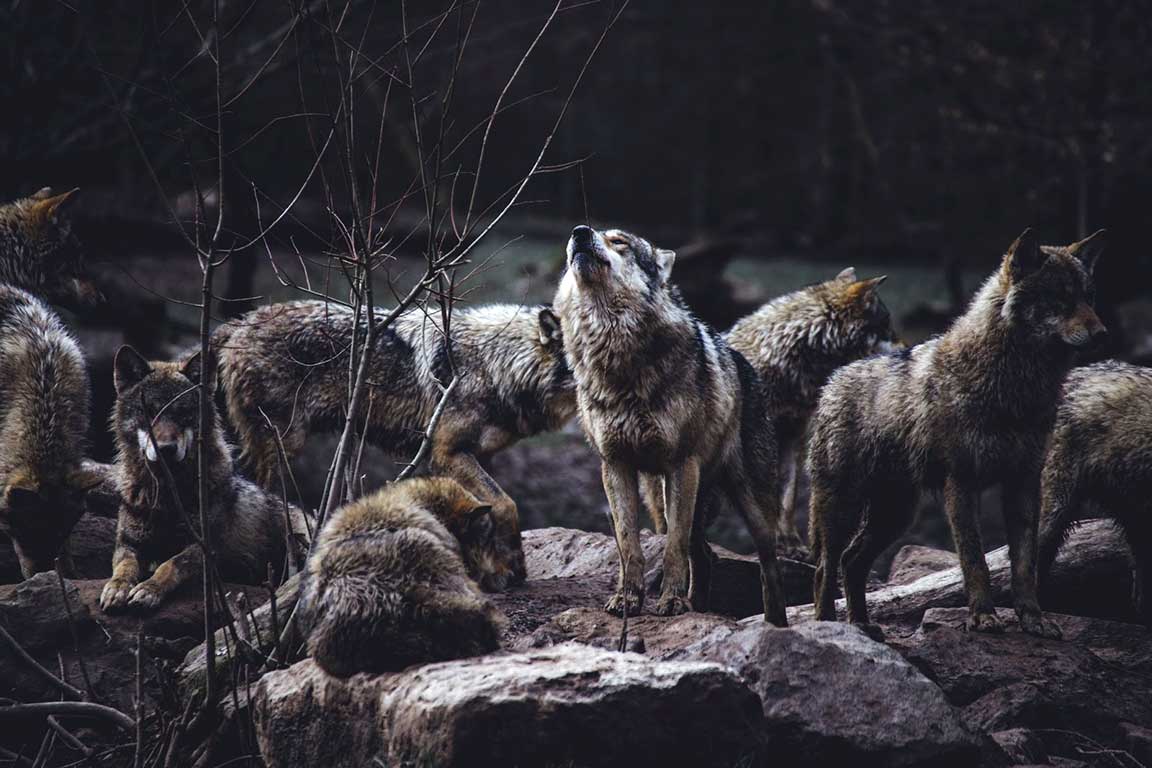
Photo by Thomas Bonometti on Unsplash
These wolves have very well-organized societies and are highly cooperative animals. They hunt a wide range of prey and care for their offspring. They live in a variety of environments and their diets vary with the environment and climate trends.
When it comes to hunting, wolves hunt for large prey such as deer or elk. They also eat small mammals, birds and fish.
As for their habitat, wolves have evolved to live in areas that are cold and harsh and to deal with long periods of darkness. They have also developed the ability to travel far distances in search of prey. This is essential to their survival in the wild and wolves have been reintroduced in parts of North America to protect their endangered populations.
Social Structure and Behavior
Wolf packs are an extraordinary social unit with a variety of animals, including parents, siblings, aunts and uncles, as well as dispersers from other packs. Wolves also have an exceptional ability to care for each other, educating their young and taking in injured ones.
However, these highly devoted family units are not always friendly to strangers. In fact, wolves are not particularly accepting of dogs and will often avoid contact with them if possible.
These characteristics are not entirely due to a lack of social structure in wolves; it may also have to do with how they are raised in captivity. In contrast, dogs are raised with humans and develop a strong relationship with them.
A large number of behavioral tests have been conducted on the social behavior of wolves and dogs, and most of them have shown that these species have similar social skills. For example, both wolves and dogs were able to find food that had been hidden by a conspecific or by a human.
A few behavioral studies have also demonstrated that wolves are conciliatory toward their opponents. This conciliatory tendency, also known as reconciliation, is a social repair mechanism that can restore the relationships between members of an individual’s group relatively shortly after a conflict. This phenomenon is present in many other social mammals, such as dolphins, spotted hyenas and red-necked wallabies.
Interaction with Humans
Human-animal interaction has shaped the lives of both species. For instance, dogs have a knack for understanding our gestures and words, which is a rare cognitive ability making them trainable. This ability has been linked to their close relationship with their caretakers, a common trait among domesticated dogs.
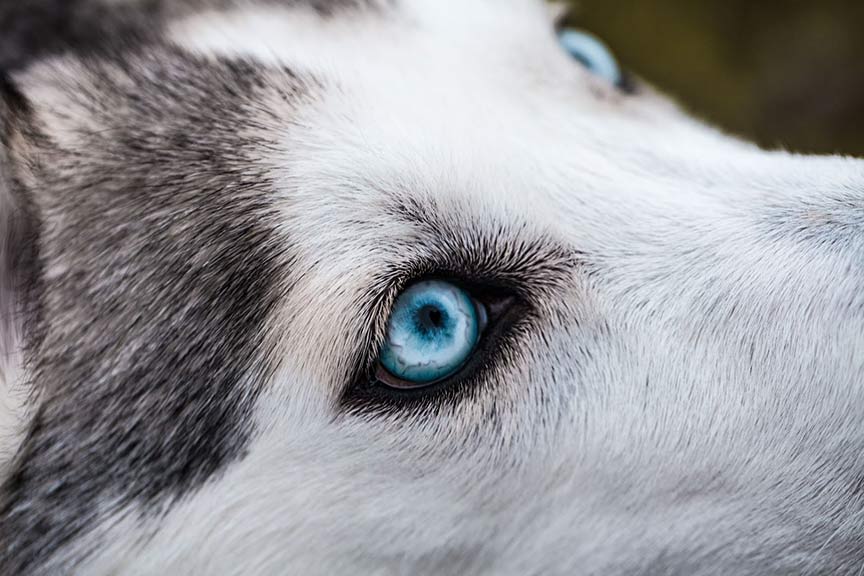
Photo by Madison Oren on Unsplash
However, scientists have long wondered whether wolves could form similar bonds with humans, especially under certain conditions. A new study suggests that they might be able to develop doglike attachments to their caretakers – if the animals are sheltered from danger and have an extended social network.
The research was conducted on wolf puppies that were raised by humans like other dogs and received a lot of socialization. They were also fed by hand, slept in their caretakers’ beds each night and received nearly round-the-clock human supervision from just days after birth.
To test their social skills, a group of scientists used an experiment called the Strange Situation test. They led the wolves into an empty room and let them interact with a stranger who was left there for a period of time. They found that the wolves stopped pacing when the stranger left and their caretakers returned. This is a sign that the wolves see their human caretakers as a source of comfort and protection.
Historical Significance and Cultural Representation
Dogs are an important part of human culture and history. They are often depicted as pets, companions, or hunter animals in art and are regarded as status symbols by the upper classes.
In the early days, dogs were tamed to be part of one family and help with daily living tasks such as hunting. These relationships are recorded in cave paintings dating back to as far as 8,000 years ago.
Researchers have found evidence of a more affectionate relationship between dogs and humans at sites in Germany. In a 14,000-year-old site called Bonn-Oberkassel, archaeologists unearthed the skeleton of a fully domesticated dog.
They also found that when the dog was greeted by its caregiver, it showed much more greeting behavior than when it was met by a stranger. This suggests that the dog was able to distinguish between people they knew and those they didn’t, a key indicator of an attachment to their human caretaker.
These findings suggest that early humans were capable of forming a mutually beneficial relationship with wolves, and that a subset of those wolves became the ancestors of modern dogs. The relationship was likely a product of a period of optimum ecological conditions in Eurasia, during which some hunter-gatherers could afford to adopt pet wolves and tame them into productive working partners.
Conservation Status
Despite the common perception that dogs and wolves are different, they actually share the same DNA. Domesticated dogs are descended from gray wolves, which thrived across Eurasia and North America.
Dogs and wolves have a common ancestry that is confirmed by genetic drift studies and DNA sequencing. They are both members of the Canidae family, which also includes foxes and coyotes.
Wolves are the largest wild Canid species and dominate large parts of Eurasia and North America. They are threatened by habitat loss and human encroachment.
Wolf populations have declined dramatically in some areas, especially in the U.S., where they are endangered under federal law. In California, gray wolves are listed as endangered under the California Endangered Species Act and Species of Greatest Conservation Need in the state wildlife action plan.
Dogs also have a common ancestry with wolves, but they are very different in terms of behavior and social structure. In fact, wolves and dogs have very different instincts, which can be detrimental to their survival in the wild.
Final Words
Dogs and wolves have a lot in common, having descended from a common ancestor. Despite some similarities, there are also key differences between these two animals, such as their physical appearance, temperament, and the way they communicate.
It’s important to keep in mind that although dogs have been domesticated for centuries, they still share many traits with their wild wolf ancestors. Understanding these similarities and differences can give insight into dog behavior and help to establish a stronger bond between dogs and their human companions.
Whether you are a dog owner, a wildlife enthusiast, or simply interested in animal behavior, studying the similarities and differences between dogs and wolves can be a fascinating and illuminating experience. By recognizing the unique qualities of both of these species, we can develop a deeper appreciation for the diversity of life on earth and continue to learn from these remarkable creatures. Learn more about Goldendoodles and wolves.
